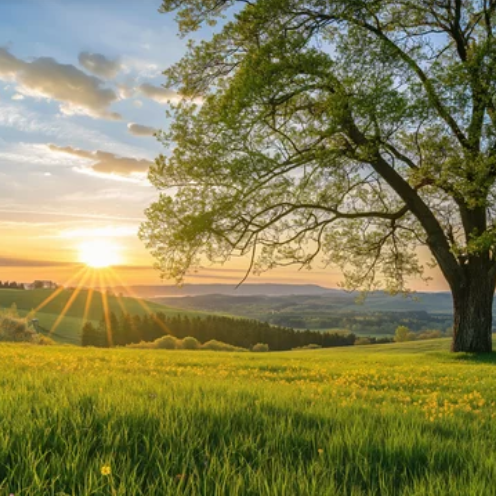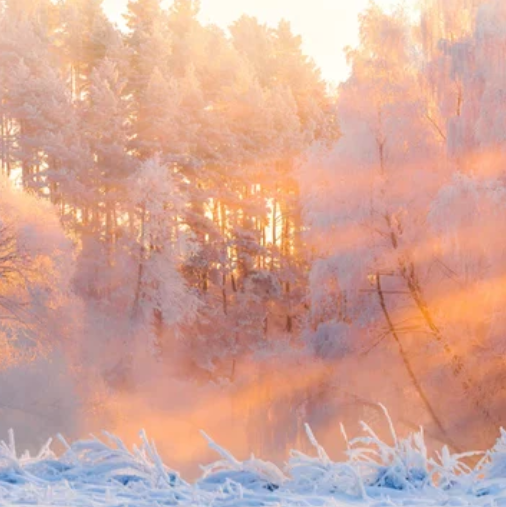PARLA DELLA FOTO 5 - Modello e Strategie per Rispondere alle Domande sul Tipo di Paesaggi Naturali
IL Speak About the Photo 5 - Template e Strategsì per Answering Naturale Landscapi Digita Domande
Welcome back to the Speak About the Photo - Template series! In Serie 4, abbiamo esplorato domande di esempio e strategie per scene di strada e architettura. In questo blog, approfondiremo le strategie e le domande di esempio per domande sul tipo di paesaggi naturali.
|
Speak About the Photo |
Pritratti di people |
|
Art |
|
|
Sscene di alberi e architettura |
|
|
Npaesaggi naturali |
|
|
Eeventi e raduni |
|
|
Flora e fauna |
|
|
Fcibo |
|
|
Iondoor oggetti |
Strategie perAnsweringNaturaleLpaesaggiTtipoQuestioni: Sei-SpassoMmetodo
Abbiamo riassunto sei passaggi per i metodi di risoluzione dei problemi relativi ai paesaggi naturali, e analizzeremo questi passaggi utilizzando l'immagine seguente come esempio.

1. Inizia con l'impressione generale: Inizia con una descrizione generale della scena, includendo l'ora, il tempo e l'umore che trasmette.
Example: “This picture shows an expansive meadow under a soft haze, where sunlight streams down from above, creating a dazzling glow.”
2. Descrivi gli elementi principali: Identificare gli elementi chiave nell'immagine, come montagne, foreste, fiumi o campi, e usare aggettivi per descrivere la loro dimensione, forma e colore.
Example: “In the distance, we see rolling mountains cloaked in a thin mist, while in the foreground stands a large, twisted tree with lush, green leaves.”
3.Concentrati sui dettagli: Evidenzia dettagli specifici che rendono la scena unica o interessante. Questo potrebbe includere piante insolite, animali o formazioni naturali.
Esempio: “The meadow is dotted with bright yellow flowers, gently swaying in the breeze, which adds a vibrant touch to the serene landscape.”
4. Usa un linguaggio sensoriale: Descrivi possibili esperienze sensoriali descrivendo l'aspetto, i suoni, gli odori o le sensazioni tattili della scena.
Example: “You can almost feel the warmth of the sun on your skin and hear the soft rustling of leaves as the gentle wind passes through the tree branches.”
5.Crea un'atmosfera: Usa un vocabolario che trasmetta emozioni o stati d'animo per esprimere i sentimenti o l'atmosfera evocati dall'immagine.
Example: “The overall feeling of this scene is one of tranquility and beauty, evoking a sense of peace and relaxation for the viewer.”
6.Usa similitudini e metafore: Migliora la descrizione confrontando gli elementi nell'immagine con altri oggetti, usando similitudini o metafore.
Example: “The clouds are like delicate cotton puffs drifting in the sky, while the sun is a radiant orb illuminating the landscape with its warm embrace.”
Risposta di esempio: This picture shows an expansive meadow under a soft haze, where sunlight streams down from above, creating a dazzling glow. In the distance, we see rolling mountains cloaked in a thin mist, while in the foreground stands a large, twisted tree with lush, green leaves. The meadow is dotted with bright yellow flowers, gently swaying in the breeze, which adds a vibrant touch to the serene landscape. You can almost feel the warmth of the sun on your skin and hear the soft rustling of leaves as the gentle wind passes through the tree branches. The overall feeling of this scene is one of tranquility and beauty, evoking a sense of peace and relaxation for the viewer. The clouds are like delicate cotton puffs drifting in the sky, while the sun is a radiant orb illuminating the landscape with its warm embrace.
IlAnswerTemplate perNaturale Lpaisaggi Questioni
Nota speciale: Nelle frasi modello, ci saranno due colori di testo. Il nero rappresenta frasi fisse, mentre il blu indica frasi flessibili.
1. The picture captures a [adjective] [natural feature or landscape], with [element 1] and [element 2], creating a [adjective] visual spectacle.
2. The [nature or outdoor view] in the photo is characterized by its [adjective][flora or fauna], such as [specific plant or animal], which [effects on the environment or ecosystem].
3.In the image, the [nature or outdoor view] offers a [adjective] perspective of the [specific location or region], with [geographical feature 1] and [geographical feature 2], which [effect on the viewer].
4. The [nature or outdoor view] in the photo is set against a [adjective] [sky or atmospheric condition], with [feature or effect 1] and [feature or effect 2], creating a [adjective] ambiance.

Risposta di esempio: The photo captures a breathtaking winter landscape, with snow-covered forests and golden sunlight filtering through the trees, creating a mystical visual spectacle. The outdoor view is characterized by its tranquil atmosphere, with thick layers of snow that reflect the sunlight, enhancing the serene environment. As the sun rises, it casts a warm glow, illuminating certain areas with soft pinkish hues that add depth to the scene's beauty. In the image, the winter scene offers a captivating perspective of the stillness of nature, as the interplay of light and shadow creates a beautiful ambiance that invites contemplation. This enchanting moment, where the chill of winter meets the warmth of dawn, evokes a sense of peace and wonder, making it a truly awe-inspiring sight. The combination of crisp air and gentle sunlight creates a magical atmosphere, reminding viewers of nature's ability to inspire and soothe the soul.
Ulteriori letture:
l IL Parla della Foto 1 -Template e Strategsì per Answering Pritratti di Ppersone Tipo Domande
l IL Parla della Foto 2 -Template eStrategie per AnsweringTipi di Trasporto Domande
l ILParla della foto 3 -Template e Strategsì per Answering Art Digita Domande






